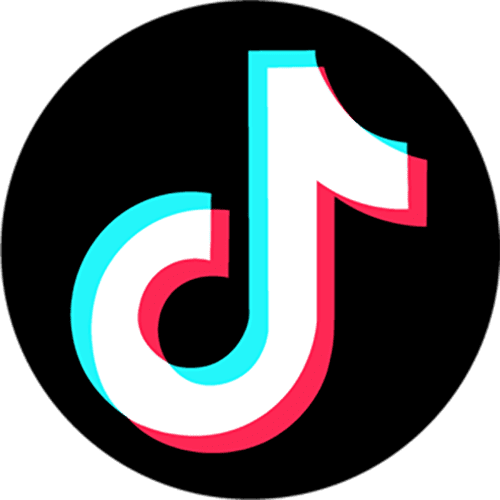1. Determine which platforms your brand should be on
Some may assume that from my recommendations, I want you to be on all the platforms you possibly can. But that’s not necessarily the case. In fact, I don’t think any brand needs to be on every platform. But, I also don’t think they should automatically be on the most popular ones.
So how do you pick which ones to tackle?
You consider two things:
One, where is your audience?
Two, how do you talk to them there?
I preach Facebook, Twitter and Instagram a lot, but if your audience isn’t there, they are not helpful to you. You can jab jab jab, give content, provide value, post articles, but if the people listening aren’t your customers, it’s all for naught. The bottom line is, you need to be in the right place, regardless of the platform’s size. Yik-Yak is certainly not the biggest platform out there right now, but I think there are a lot of interesting opportunities there for college campus pizza shops. You see what I’m saying? Reverse engineer the demographic you’re selling to.
2. Respect the platform and the audience
For me, when it comes down to it, making good content is all about respect.
What do I mean by that? Two things.
First, you’ve got to respect your platforms. Respect the psychology of what people are doing when they’re on the platform. I know a forty-year-old woman is in a different mindset when she’s on Facebook than when she’s on Pinterest. And that is how I storytell to her, because I know on Pinterest she has intent to shop, and on Facebook she’s keeping up with her world. So I strategize around that: the psychology and the platform itself.
Secondly, respect your audience. You have to put out content that she will like rather than content that you will like. Yes, I’d like to sell a bottle of wine. But if I put it in a way that is more interesting to her, I can make huge strides with her as a consumer. “Five Bottles Under $10 that Help You Get Through the Day When you Have 8 year old Kids.” When you do that, you’ll get into a game that gives you a better chance.
That’s really all there is to it. Respecting the platform. Respecting your audience. And finally, taking your agenda, and making it third.
3. Understand what is doable
I know what you’re thinking: “Hey, Gary: this is all great and fine, but Starbucks and Red Bull didn’t become media companies until they were billion dollar companies. How can this work for me?”
Why do you think I’m so obsessed with emerging social networks?
Listen, you’re right: you don’t have a couple extra million dollars to spend to get a nine part miniseries made about your company. Or articles written by award winning journalists. But guess what you do have?
Instagram. Snapchat. These platforms where stars are being born every day. There is a disproportionate value to being on those platforms and being great at them. I used Twitter and YouTube to establish myself as they were emerging, and I definitely did not have millions of dollars. I just did what I thought would work for my company Wine Library.
That is every small business’s opportunity. Take advantage of the upside of joining platforms early and quickly. That upside is the jumpstart that you need when you don’t have dollars. . My recommendation right now? Medium.
4. Evaluate the content for effectiveness
So, you’re making content. You’re getting it out there. You’re happy with it.
Now, how do you determine that it’s working?
That is a tremendous question. There are two ways to go about this.
Number one is the surface level, the thing you need to be doing daily and weekly. Look at the raw engagement numbers. How many people are sharing? How many people are leaving comments? How many views are your videos getting? These are very important and basic engagement numbers, and they help. A lot. If you are provoking a reaction in the people consuming your content, that’s great news. The fact that someone goes out of their way to share or comments means a lot, believe me. That’s time out of their day. Pay attention.
Number two is big picture: how many people are actually buying? How many books did you sell because you provided so much free content to begin with? Maybe there was a day you put out a particularly awesome piece of content, and sales spiked that day. Always keep track of what is going out when, and how that affects traffic to your retail site or app or whatever you’re doing. And when you start keeping a close and careful eye on traffic, you’ll start noticing how the sales are affected by it as well.
At the end of the day, the way you should be judging your content is by the results that you’re looking for. If you’re not getting what you want, it’s not effective content. Now, there is some small value in putting out content that you don’t think will end in a sale, but not much. You can pay to promote something with no ROI too to help get you there. I promise. But in the end, don’t lose sight of the end goal. What do you really want to get from making this content?











